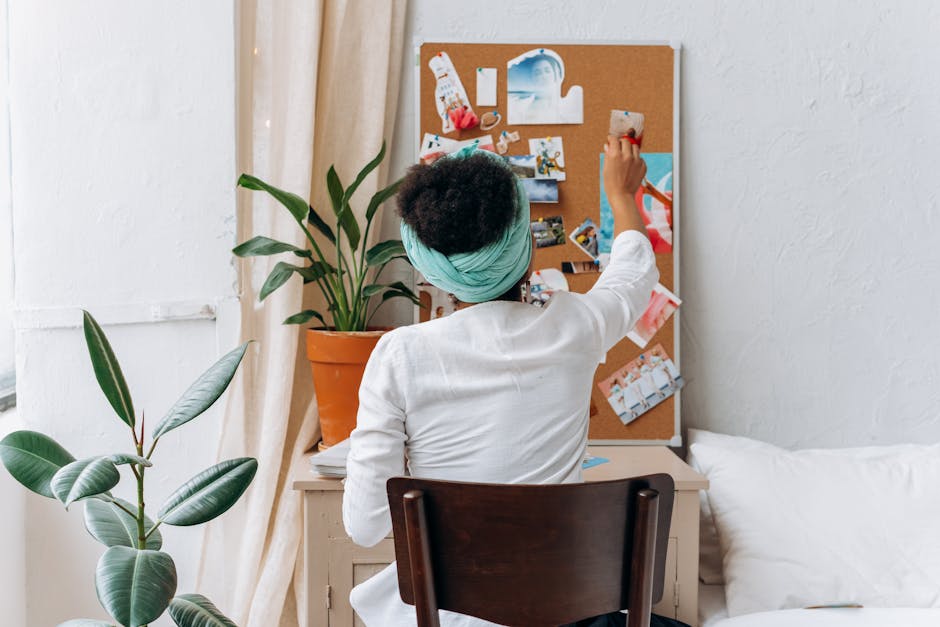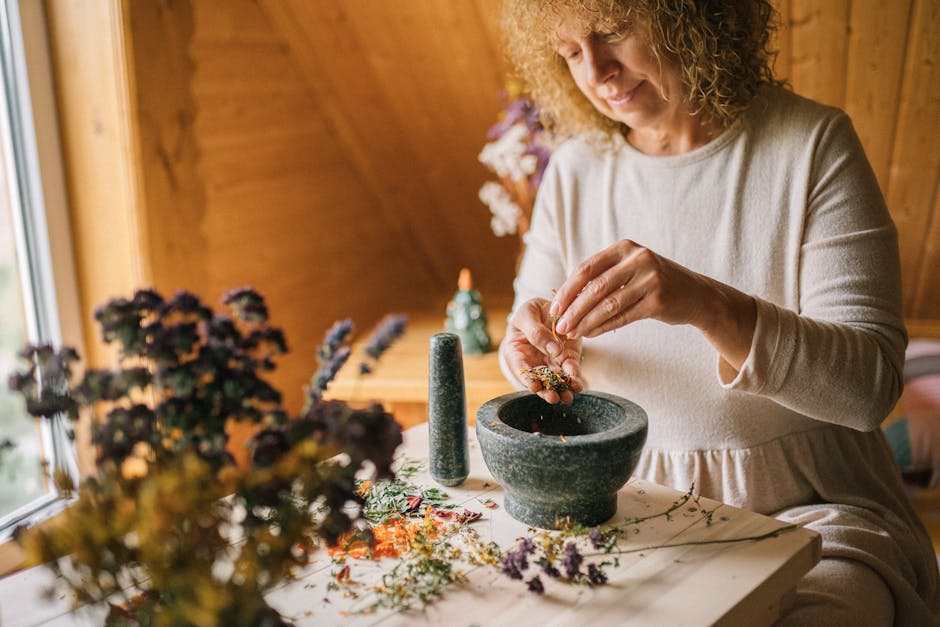The Role of Art in Healing and Therapy
Art has always played a significant role in human society, serving as a means of expression, communication, and connection. Beyond its aesthetic value, art has the power to heal, transform, and inspire. In recent years, the therapeutic benefits of art have gained recognition in the field of psychology and medicine. This article delves into the multifaceted role of art in healing and therapy, exploring its history, current applications, and future potentials.
The Healing Power of Art

Art therapy is a form of psychotherapy that utilizes various art forms as a means of expression and communication. It provides individuals with a non-verbal outlet to explore their thoughts, emotions, and experiences. Through the creative process, individuals can gain insights into their subconscious mind, address unresolved issues, and develop coping mechanisms. Art therapy can be particularly beneficial for individuals who struggle to articulate their feelings verbally, such as children, trauma survivors, or individuals with mental health disorders.
Research has shown that engaging in art can reduce stress, anxiety, and depression. The act of creating art releases endorphins, the brain’s “feel-good” chemicals, which can improve mood and overall well-being. In a study published in the American Journal of Public Health, researchers found that after just 45 minutes of art-making, participants experienced a significant reduction in cortisol levels, a hormone associated with stress. This highlights the potential of art as a therapeutic tool for managing stress and promoting relaxation.
The History of Art Therapy

The origins of art therapy can be traced back to the early 20th century, when psychiatrists and psychologists began to explore the use of art as a therapeutic tool. One of the pioneers of art therapy was artist and educator Margaret Naumburg, who believed that art-making could help individuals express and process their emotions. Naumburg’s work laid the foundation for the development of art therapy as a distinct field of study.
During World War II, art therapy gained recognition for its role in helping soldiers cope with trauma and PTSD. Psychiatrists observed that soldiers who engaged in art-making showed improvements in their mental health and well-being. This led to the integration of art therapy in military hospitals and rehabilitation centers, where it was used to support the emotional recovery of soldiers returning from the war.
The Therapeutic Applications of Art

Art therapy is a versatile form of therapy that can be tailored to meet the needs of individuals of all ages and backgrounds. It is used in a variety of settings, including schools, hospitals, mental health clinics, and community centers. Art therapists work with clients to identify their goals and develop personalized treatment plans that incorporate art-making activities.
In a clinical setting, art therapy is used to treat a wide range of mental health disorders, including depression, anxiety, PTSD, and eating disorders. Through the creative process, individuals can explore their emotions, gain self-awareness, and develop healthy coping strategies. Art therapy can also be used as a complementary treatment alongside traditional talk therapy or medication.
Case Study: Art Therapy for Children with Autism

Children with autism spectrum disorder (ASD) often struggle with social communication and sensory processing. Art therapy has been shown to be an effective intervention for children with ASD, helping them improve their social skills, emotional regulation, and sensory integration. In a study published in the Journal of Autism and Developmental Disorders, researchers found that children who participated in art therapy showed improvements in their ability to express emotions and connect with others.
Art therapy provides children with a safe and non-judgmental space to explore their creativity and build self-confidence. Through art-making activities, children with ASD can learn to communicate their thoughts and feelings in a visual language that is comfortable and familiar to them. Art therapy can also help children with ASD develop fine motor skills, attention span, and problem-solving abilities.
The Future of Art Therapy
As the field of art therapy continues to evolve, new approaches and techniques are being developed to meet the diverse needs of clients. Digital art therapy, for example, uses technology and virtual platforms to deliver art therapy services to individuals who may not have access to traditional in-person sessions. Virtual reality (VR) art therapy is also emerging as a promising tool for treating trauma and phobias.
Art therapy is increasingly being integrated into interdisciplinary healthcare teams, working collaboratively with psychologists, social workers, and healthcare professionals to provide holistic care to patients. The inclusion of art therapy in treatment plans for chronic illnesses, such as cancer and chronic pain, is gaining momentum, as researchers recognize the role of art in promoting healing and resilience.
Common Misconceptions About Art Therapy
Despite the growing popularity of art therapy, there are still some misconceptions about this form of therapy. One common misconception is that art therapy is only for individuals who are artistic or skilled in art. In reality, art therapy is about the process of creating art, rather than the end product. It is not necessary to have any prior artistic experience to benefit from art therapy.
Another misconception is that art therapy is a “soft” or “fluffy” form of therapy that lacks scientific evidence. In fact, numerous studies have demonstrated the effectiveness of art therapy in improving mental health outcomes and enhancing quality of life. Art therapy is a research-based practice that is grounded in psychological theories and therapeutic principles.
Conclusion
Art has the power to heal, transform, and inspire. Through art therapy, individuals can explore their emotions, express themselves, and develop coping strategies. The therapeutic benefits of art are vast, encompassing physical, emotional, and psychological well-being. As the field of art therapy continues to grow, it holds promise for addressing a wide range of mental health issues and promoting overall wellness.
Whether it is painting, drawing, sculpture, or digital art, the act of creating art can be a powerful tool for self-discovery and healing. As we navigate the complexities of modern life, art offers us a way to reconnect with ourselves and others, fostering resilience, empathy, and creativity. The role of art in healing and therapy is not just a trend or fad; it is a timeless practice that has the potential to transform lives and communities.
To wrap things up, let us remember the words of renowned artist Vincent van Gogh, who once said, “I am seeking. I am striving. I am in it with all my heart.” In the journey of healing and self-discovery, let art be your companion, guiding you through the depths of your soul and the heights of your imagination.




